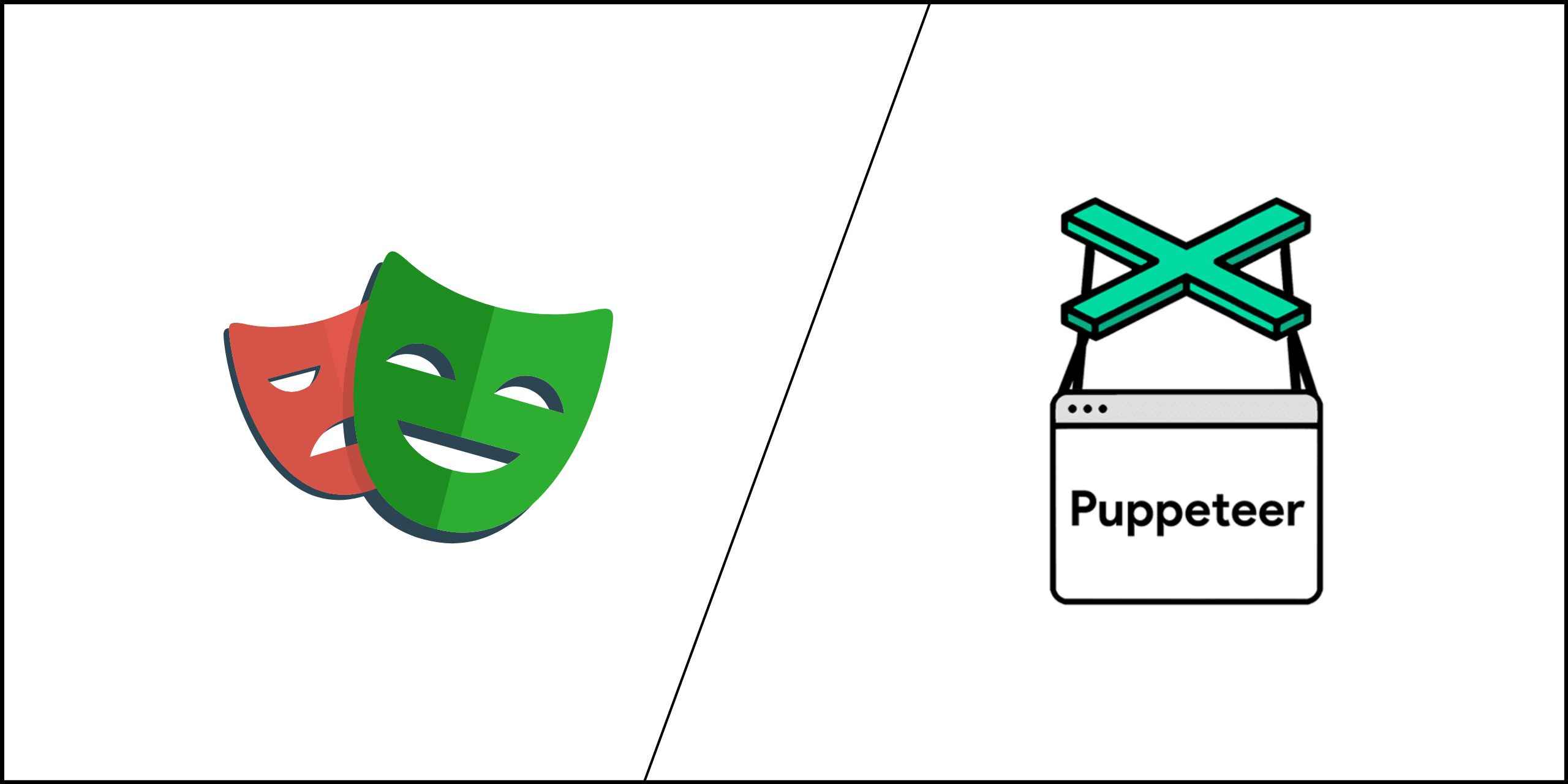Playwright vs. Puppeteer: Comparing Two Top JavaScript Testing Tools
Playwright Vs Puppeteer
Testing is a crucial part of web development that helps to guarantee the smooth operation of web applications. Due to their capacity to automate browser testing, JavaScript testing tools like Playwright and Puppeteer have grown in favor among developers. To assist you in deciding which one best meets your needs, we will compare these two leading JavaScript testing tools in this article.
What is a Playwright Framework?
Microsoft created the open-source Node.js library called Playwright. It enables interaction with web browsers like Firefox, WebKit, and Chromium to be automated. Playwright stands out thanks to its support for a variety of browsers, which makes it a flexible option for cross-browser testing. The library offers a powerful API that enables programmers to mimic user actions including clicking, typing, and browsing online sites. To explore your knowledge of the Playwright’s Features feel free to visit our expert-written blog.
What is a Puppeteer Framework?
Google is responsible for maintaining the open-source Node.js library puppeteer. Although support for other browsers is feasible through third-party programs, it is primarily intended for automating interactions with Google Chrome. Puppeteer offers a user-friendly API for controlling Chrome and enables programmatic screenshotting, PDF creation, and web page navigation for developers.
Features of Playwright
Playwright has powerful features that make it the highly recommended automation testing tool
1) Cross-Browser Support
The versatility of Playwright to function with several browsers is its most notable feature. The same tests can be conducted by developers on numerous browsers to guarantee that web apps are consistent across different platforms.
2) Powerful API
The Playwright API is strong and simple to use, allowing developers to create tests that are clear and expressive. Developers can more easily get started and utilize the tool’s full capabilities thanks to its extensive documentation.
3) Enhanced Performance
Playwright is renowned for its effectiveness and quickness, which enables quicker test execution. It allows for the concurrent execution of tests, greatly reducing the overall testing time.
4) Native WebDriver Support
The WebDriver protocol is natively supported by Playwright, enabling easy integration with well-liked testing frameworks like Jest and Mocha.
Good to Read:- List of Top Web Automation Testing Tools In 2023
Features of Puppeteer
In the 04 points, we share the top features that can give you a reason to select the Puppeteer tool for testing and web scraping purposes.
1) Chrome Integration
Due to Google’s support, Puppeteer offers seamless integration with Google Chrome, giving users access to a variety of browser functions.
2) Headless and Headful Modes
Puppeteer is adaptable for various testing scenarios because it enables developers to execute tests in both headless and headful modes.
3) Easy Setup
Puppeteer is a great option for folks who are new to browser automation because of how simple it is to set up.
4) Snapshot Testing
Developers may quickly take screenshots of web pages for visual regression testing with Puppeteer.
A Detail Comparison B/W Playwright and Puppeteer
Playwright and Puppeteer both tools have their unique feature, we did a quick comparison b/w the Playwright and Puppette tools.
1) Performance Comparison
Playwright and puppeteer both have their strengths when it comes to performance. In cross-browser testing scenarios, Playwright outperforms Puppeteer thanks to its multi-browser capability. On the other hand, while testing in a Chrome environment, Puppeteer’s close connection with Chrome guarantees exceptional performance.
2) Ease of Use
Puppeteer’s straightforward and easy API makes it a popular option for novices in terms of usability. Although Playwright is packed with features, because of its wider range of capabilities and compatibility with many browsers, it might have a longer learning curve.
3) Browser Support
Playwright supports a variety of browsers, including Chromium, WebKit, and Firefox, as was previously indicated. Puppeteer works with other browsers by using customized connectors, but it primarily concentrates on Chrome.
4) Community and Documentation
Playwright and puppeteer both have vibrant communities that support their ongoing development. The documentation for Playwright is comprehensive and in-depth, providing users with thorough instructions. Additionally, Puppeteer offers up-to-date documentation, especially for Chrome-related features.
5) Use Cases for Playwright
When cross-browser testing is important, the playwright performs exceptionally well. It is appropriate for projects that call for testing with many browser engines to ensure maximum compatibility. Playwright is also a popular option for extensive test suites due to its speed.
6) Use Cases for Puppeteer
For projects that are primarily concerned with testing with Google Chrome, Puppeteer is a fantastic option. It is frequently employed for activities like web scraping, screenshotting, PDF creation, and test-running in headless browser environments.
Good to Read:- List of top Manual Testing Tools
Playwright vs. Puppeteer: Which One to Choose?
Both tools rely on the requirements of your particular project. Playwright is the way to go if you need to test across multiple browsers and value parallel test execution. On the other hand, Puppeteer might be a better choice if you deal mostly with Google Chrome and prefer a simpler API.
Conclusion
The powerful JavaScript testing tools Playwright and Puppeteer both have their own advantages and use cases. While Playwright excels in general performance and cross-browser compatibility, Puppeteer’s flawless Google Chrome integration and approachable API make it a desirable option for particular projects.
Playwright is a viable option to take into account if you’re seeking a flexible program that can effectively manage several browsers. On the other hand, Puppeteer is a fantastic choice if your focus is on Chrome-specific activities and basic browser automation.
FAQs
Q:1 The use of Playwright and Puppeteer is free.
A1: Playwright and Puppeteer are both open-source and cost nothing to use.
Q2: Aside from Chrome, what other browsers can I use with Puppeteer?
A2: Puppeteer is primarily intended for Chrome, however, it does offer some limited compatibility for other browsers thanks to third-party programs like Puppeteer-firefox.
Q3: Which tool provides superior parallel test execution, question 3?
A3: Playwright is renowned for its exceptional parallel test execution capabilities, which make it quicker when processing a lot of tests.
Q4: Can beginners use Playwright?
A4: Compared to Puppeteer’s simple API, Playwright’s comprehensive features may have a steeper learning curve for beginners.
Q5: Can I combine puppeteer and playwright in the same project?
A5: While it is feasible to combine the two tools, it is advised to utilize just one to ensure consistency throughout the testing process.
Keep Your Product Bug Free Hire India’s Rated Software Testing Developers from Devstringx Technologies & Enhance Your Product Productivity and Improve User Experience.














